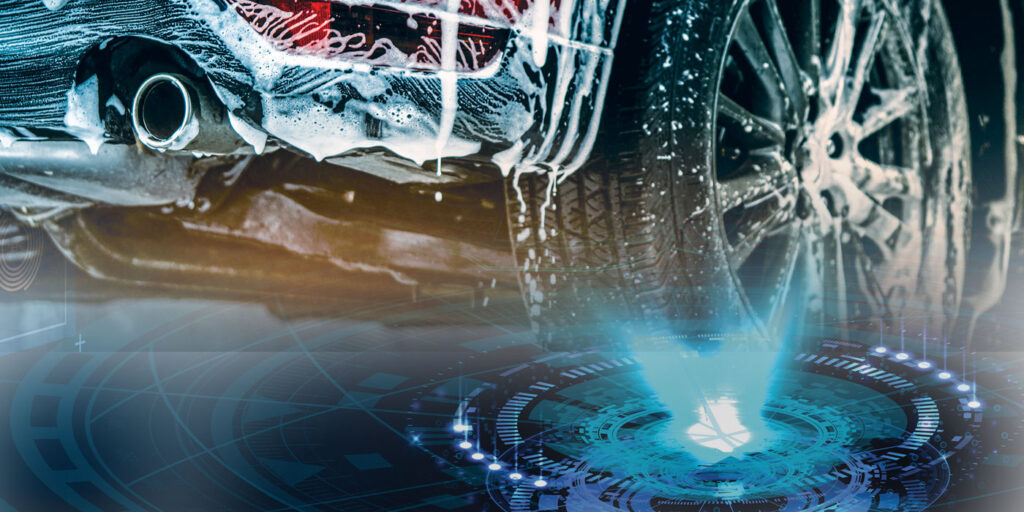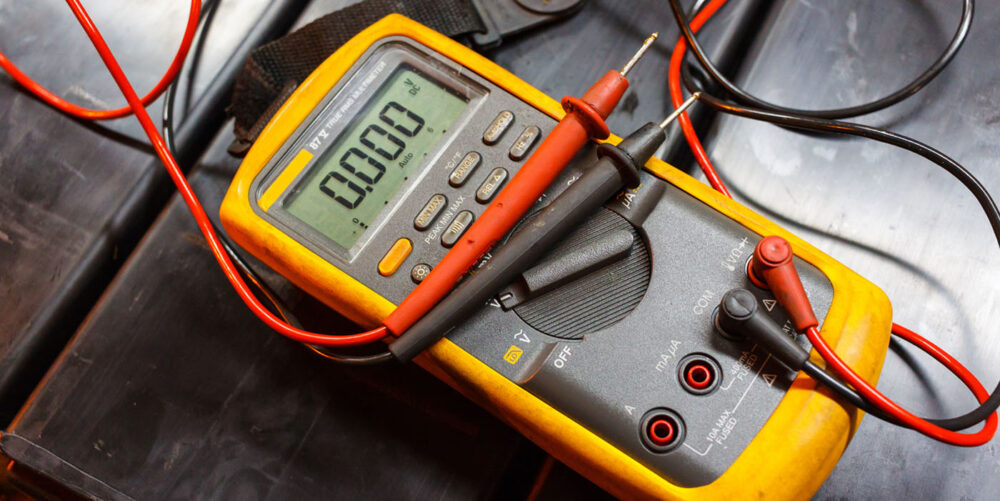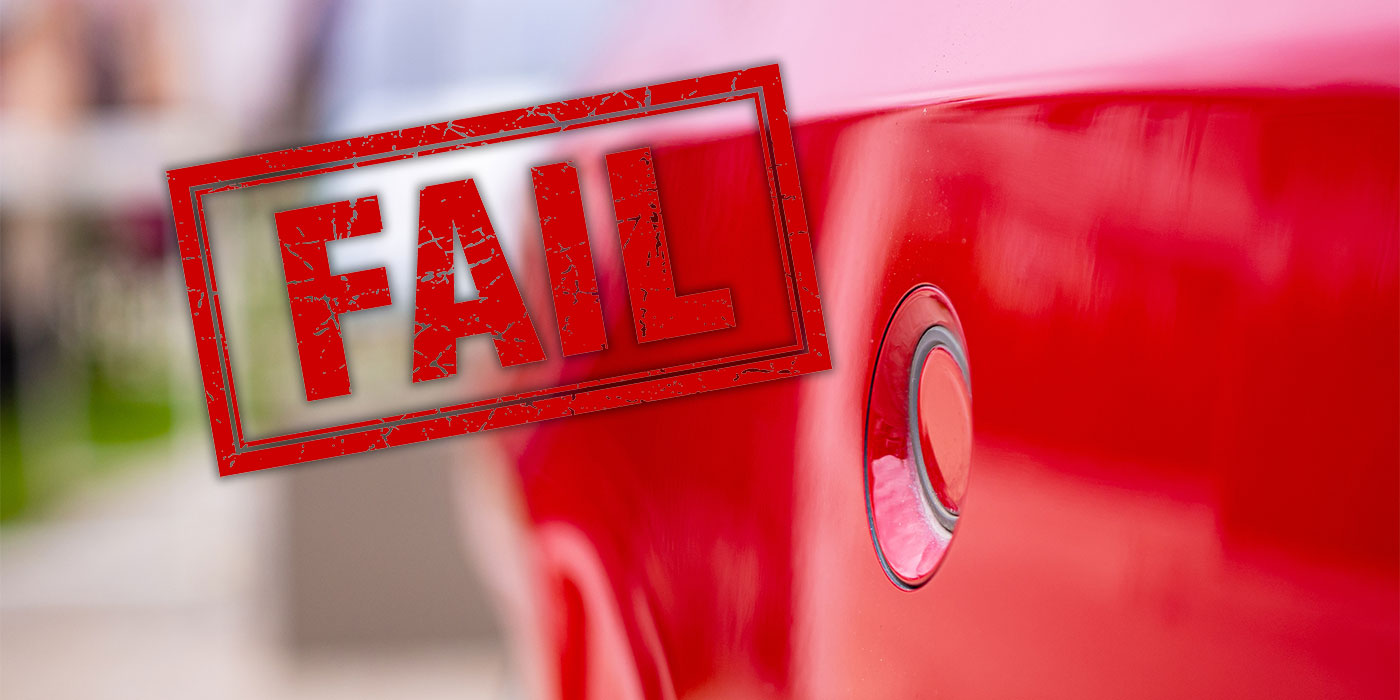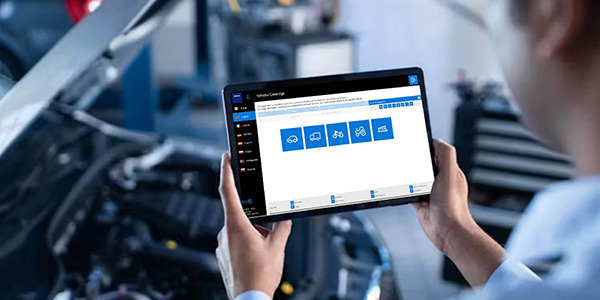The changes that are occurring in the collision repair industry are numerous and daunting. I can only imagine what the years to come will bring. Because of this, many of us who have been in the industry for a long time find ourselves out of our comfort zone.
The changes in metal and welding were accepted because we understood the vehicle structure and how it relates and were familiar with the concept. Full frame to unibody took some time, but we all adapted. Aluminum challenged the industry, and the repair industry adapted. Interestingly enough, we had time to adapt our ways and come to grips with that change. Then, electronics flooded the repair process in a short time span. People like me who are still trying to learn how to use their smartphone found themselves out of their comfort zone. We did not grow up in the electronics age. We still remember the flashing light on a green screen. Asteroids was a major leap in technology in arcade games, and we still remember Pong.
Vehicle Electronics
This has led a lot of people, including me, to have to learn about vehicle electronics. At first, it was hard and complex. Then, it never got any easier. More electronics and systems just kept coming. We had to learn where sensors were and what affected them. We had to learn to repair wires and de-pin and pin connectors and plugs.
We now must learn about sensor and module connectivity and communication codes as well as computers. DTCs became a major part of our lives in troubleshooting issues during repairs. Then there was calibration, level floors and confusion on how as well as when to calibrate. Add to the mix what is the right and wrong way to do the calibration and how to get paid. Some of you may have had some background or ability to grasp the knowledge more easily than most. As an industry, the struggle is real.
Wash Bay Diagnostics
I am really impressed with the folks who took the challenge and dug in and learned. It took time, effort and money. Many people in the industry, I’ve seen, either did not pursue one of those three elements or did not pursue any of them to understand the industry focus on electronics and their repair procedures. This led many to subscribe to the philosophy of, “Ignore it and it will go away.”
Some have the attitude of, “I will deal with it later.” This attitude has given birth to the term “wash bay diagnostics.” Wash bay diagnostics happens when researching what will need to be initialized, programmed or calibrated is skipped during the blueprinting, estimating or disassembly process. Now, in the wash bay, just before vehicle is to be delivered, you find yourself in a bad situation. Something is not working or a code is still active in the post-repair scan. Now, you’re no longer a production manager or manager but a fireman.
Five-Alarm Fire
I am not talking about a real fireman from a fire department but speaking metaphorically, of course. A fire is a problem in a shop that needs someone’s attention in order to be resolved quickly. I find it disturbing that I must clarify that difference.
Vehicle electrics put people like me who are still trying to learn how to use their smartphones out of their comfort zone.
The fireman is the time-honored position in the shop held by the person who can figure it out and get it done – the problem-solver and hero of the shop who races around putting out problems we all call fires. Needless to say, it is a highly stressful job because they often work long hours dealing with everyone else’s problems and therefore cannot get their own projects or work done during the day. They live by the philosophy of, “Let’s just get it done” or “I’ll do it for you.”
A shop that has a great problem solver or fireman also has the greatest enabler. An enabler is a person who keeps dealing with problems versus trying to prevent them from happening. Do not get me wrong, you cannot prevent all problems, but you can reduce the number of times you deal with the same and similar problems over and over again. This takes planning and research on what is needed to be done and needs to be added into the repair process in the beginning versus in the wash bay.
Preventing Wash Bay Diagnostics
I can’t tell you the magic formula or process to deal with all of your shop’s challenges, but I can help you look for some resources that may help reduce some of those challenges in the world of electronics.
The first thing you need to consider is what type of solution you need. The second is figuring out:
- Do you want to do it yourself?
- Do you want a solution?
- Do you want a combination of the two?
Taking Control
There will be challenges to all three options. If you decide to do it in-house, the first item on the agenda is to train your people on what they’re looking for. This is nothing new as it is “Estimating Basics 101.” The challenge is learning all the new stuff in the vehicles and how it relates to damage: learning all the new systems and gizmos and how to identify what systems or electronics will be involved in the repair process. This takes time and effort but has many benefits to the customer. Being knowledgeable of vehicles builds consumers’ confidence in your shop. When one of your employees says “I’m not sure” or “I’ll check for you,” that usually makes the customer question if you know what you’re doing.
Knowing what you’re working with helps to get all procedures on the initial estimate and allows you to plan what will need to be done and avoid the wash bay diagnostics scenario. Dealing with the wash bay diagnostics process makes you realize that more training is needed.
Dealing with the wash bay diagnostics process makes you realize that more training is needed.
Then, your people will need to learn where to look for components. Automakers are adding more sensors, radars and cameras to vehicles. Knowing where they are is critical to a shop’s success. There also needs to be teamwork and solid communication between the technician and estimator. A sensor may not be being replaced or involved in the collision but, during the repairs, it may need to be disconnected. That could trigger a need for initialization or calibration. The estimator and technician need to be in sync to be sure no procedures are missed or that they’re addressed before the wash bay. This will also require the estimator to become a research analyst to look up and find what procedures will be needed for parts disconnected, R&I’d or replaced. Documentation will need to be provided for the estimates, which takes time and serious effort. This is a tough callout to shops as the industry has become so transient with people moving from shop to shop. You may find yourself retraining constantly.
Outside Solutions
There are companies that exist that can either guide, assist or do all the procedures for you. Writing a good estimate takes identifying what is in the vehicle and what is damaged. There are companies that will plug into the vehicle’s OBD port and identify what the vehicle has through the internet and have a technician come to you. There are also companies that will review your estimate to alert you to the procedures needed. Also, there are companies that will come out and help you write the estimate and set up the repairs and procedures required and complete those procedures after repairs are finished. I call it a concierge service as they literally do it all – almost like having an employee on call when needed. You will have to weigh the pros and cons and costs of these services as well as relying on them to show up in a timely manner.
Without a plan, your shop’s reputation literally goes down the
drain.
More artificial intelligence systems are being developed from years of data mining and aggregation of data on repairs that have been completed nationwide. Also, the probability of procedures that will be needed to be completed for the type of damage listed. Even estimating systems are getting better – if you do XYZ procedure, the estimating system will know XYZ part will be disconnected or replaced and trigger a note for a calibration.
Combining Practices
I see many facilities using both practices for getting accurate estimates and information. This takes a coordinated effort by everyone to make sure no procedures are skipped. Communication and recognition of a shop’s abilities become key to being successful. Without communication, you’re destined to experience stress from all directions and to everyone in the shop. Procedures will get missed or skipped, and this will lead to repairs not being completed correctly. The statistics that are circulating in the repair industry on missed procedures on vehicles that were repaired are getting better but are still not optimal, to say the least.
The Drain
Wash bay diagnostics hurts your shop’s cycle time and CSI, as well as rental car costs and supplements – if you can get paid. It also impacts shop morale and adds stress to the fireman in the shop. Setting up a solid plan up front will reduce the amount of wash bay diagnostics being performed in shops. There is a reason it is called electronic blueprinting.
A definitive plan and goal will improve your shop’s performance, however nothing is a 100% guarantee. How many fewer problems and how much more efficiency do you want in your shop? How much time and attitude to get it right are you willing to invest? Without a plan, your shop’s reputation literally goes down the drain. Maybe that’s a bad joke. Or is it?














